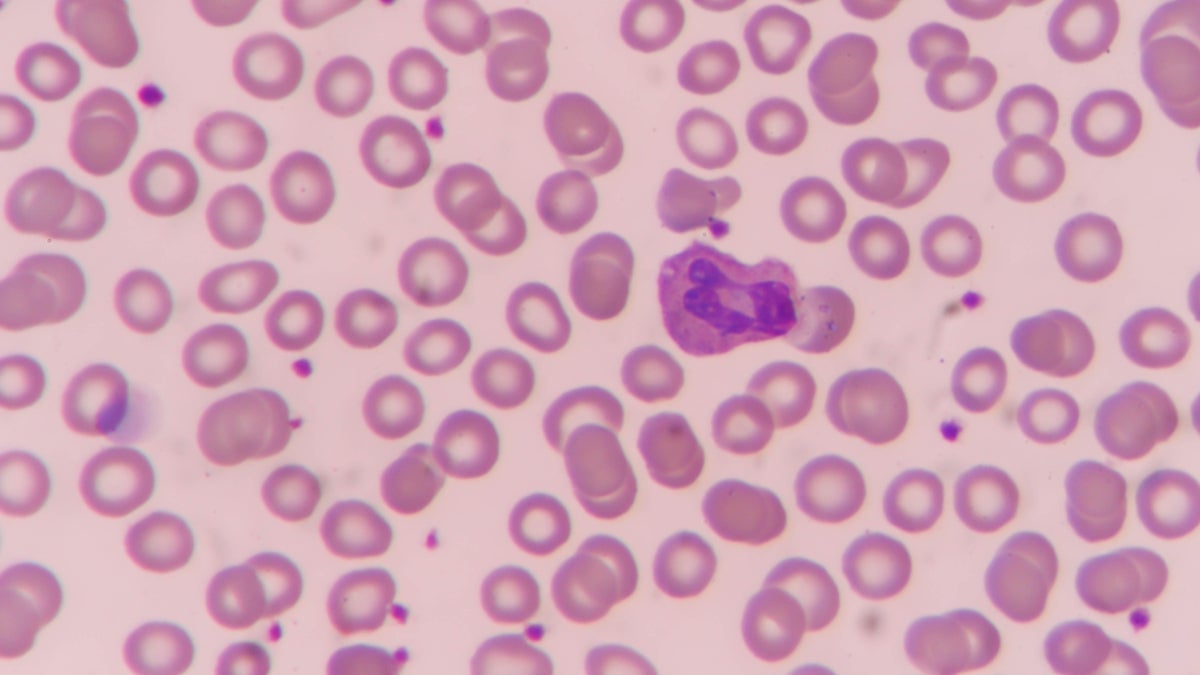Between 1.8 billion and 800 million years ago, earthly life was in the doldrums. During this period, called the "boring billion," the complexity of life remained minimal, dominated by single-celled organisms with only sporadic ventures into multicellular forms. This era set the stage for the later emergence of complex multicellular life, marking a key chapter in evolutionary history.
In a new study, Arizona State University researcher Michael Lynch explores the substantial energy demands required to maintain and evolve multicellular life. The study, using the water flea Daphnia as a model organism, reveals that multicellular organisms require significantly more energy than single-celled ones. In fact, studies show that these organisms require more than a tenfold increase in energy compared with protists — simpler, mostly single-celled organisms.
The findings highlight how respiration and other metabolic processes are crucial for the development of advanced organisms, shedding light on the conditions required to support the abundance of complex life we are surrounded by today. Further, the study emphasizes fundamental biological processes likely to be relevant in any carbon-based, oxygen-respiring life form, regardless of its planetary origin.
“No one doubts that multicellularity can bring substantial advantages to the table, but the privilege of attaining such benefits comes at a steep investment cost,” says Lynch, a professor in ASU's School of Life Sciences who also directs the Biodesign Center for Mechanisms of Evolution at ASU. The research appears in the current issue of the Proceedings of the National Academy of Sciences.
Powering complexity
Every organism, from a single-celled bacterium to a human, relies on energy for survival. Single-celled organisms need relatively little energy to grow and reproduce since they lack complex tissues and systems. But multicellular organisms — organisms made of many cells, like plants, animals and fungi — need significantly more energy to sustain additional structures, like tissues that help cells communicate and stick together.
This leap in energy needs stems from the evolution of structures that don’t directly contribute to growth or reproduction but are essential for multicellular life. These features have allowed organisms to become larger and more versatile, but they also drive up the energy cost of simply being alive.
One way to understand the energy demands of multicellular life is to examine ATP synthase, a molecular machine in cells that produces ATP, the universal currency of energy in biology. Multicellular organisms rely heavily on ATP synthase because each cell in a multicellular body needs to pay for energy, and the cost of energy grows with the number of cells.
The research shows that multicellular creatures, or metazoans, need vastly more ATP synthase complexes compared to simpler single-celled organisms. With each new cell, the need for energy compounds. In multicellular organisms like Daphnia, a type of tiny aquatic animal, the energy demands increase significantly with size, but this general principle appears to extend to all other animals, including vertebrates.
For every unit of their body mass, these organisms require 30 to 50 times more oxygen than protists. This extra oxygen supports their complex needs for cellular communication and tissue maintenance. Using Daphnia allows researchers to closely examine these energy dynamics due to their relative simplicity among multicellular organisms and their ease of cultivation in a lab setting.
Growing larger isn’t cheap
While larger unicellular organisms, such as some amoebas, become more efficient as they grow, multicellular organisms require more energy per unit of biomass as they increase in size. This difference highlights the unique challenges introduced by multicellularity during evolution. The growth of tissues and the development of systems to support multicellular functions demand more ATP — leading to a metabolic “speed limit” on how fast these organisms can grow and mature.
Why did multicellularity evolve, given the steep energy costs? The answer may lie in the evolutionary advantages that multicellular life provides, including the ability to consume single-celled organisms in large quantities, avoid predators and inhabit diverse environments. But this lifestyle came with a price: a high baseline energy cost that organisms must constantly meet to survive.
The latest in cell biology research
The mystery of biological life is at our fingertips. Learn more at the Biodesign Institute.
Even though the energy demands of multicellular life are substantial, these costs are balanced by survival benefits. Metazoans that could meet these energy needs found greater evolutionary success, shaping the complex ecosystems we see today. Yet this high-energy lifestyle also places limits on how fast organisms can grow and reproduce, influencing the shape and lifespan of multicellular species across the tree of life.
Toward new discoveries
This study focuses on aerobically respiring, animal-like organisms. To fully understand the energy costs of complexity, researchers plan to extend these findings to other forms of life, including plants and fungi, which may have unique energy strategies. The research offers additional clues for understanding why multicellular life forms took considerable time to appear and diversify on Earth.
Insights into the high energy demands of multicellular life suggest that the constraints of bioenergy could be a universal phenomenon. The principles of energy conversion and consumption, such as the role of ATP synthase and its energy costs are essential biological processes. They are likely applicable to any carbon-based, oxygen-breathing life, no matter where it exists in the universe.
More Science and technology

The Sun Devil who revolutionized kitty litter
If you have a cat, there’s a good chance you’re benefiting from the work of an Arizona State University alumna. In honor of Women's History Month, we're sharing her story.A pioneering chemist…

ASU to host 2 new 51 Pegasi b Fellows, cementing leadership in exoplanet research
Arizona State University continues its rapid rise in planetary astronomy, welcoming two new 51 Pegasi b Fellows to its exoplanet research team in fall 2025. The Heising-Simons Foundation awarded the…

ASU students win big at homeland security design challenge
By Cynthia GerberArizona State University students took home five prizes — including two first-place victories — from this year’s Designing Actionable Solutions for a Secure Homeland student design…





